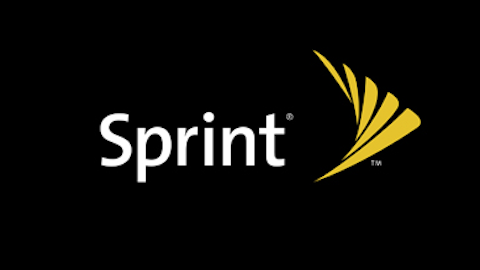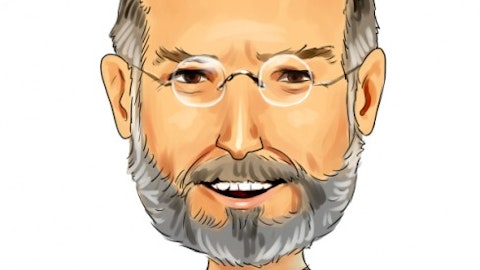
Apple and Microsoft. According to the 13F the two technology giants occupied the top two spots in the fund’s portfolio. Renaissance increased its holdings of Apple (NASDAQ:AAPL) by 31% and its holdings of Microsoft (NASDAQ:MSFT) by 89%, to positions of 970,000 and 15.8 million shares respectively. Apple has been on a hot streak the past few years as its smartphone and tablet products are now driving its business. Microsoft has finally awakened to these trends in the technology market and has announced a new self-produced tablet product to accompany the launch of its new versions of Windows and Office, but its stock price has not reacted too highly to the company’s initiatives. Both companies are priced at a trailing P/E of 15; Microsoft is expected to see a bump in earnings over the next year as many consumers and businesses buy the next versions of the company’s software, whether they need them or not, and Apple is expected by the sell-side to deliver strong enough growth to bring its forward P/E to 12. With Apple’s decision to start paying a dividend, both companies also pay moderate dividend yields. Both of these companies made our list of the ten most popular stocks among hedge funds in the first quarter.
Cigarettes. Double-digit percentage increases in share count of Philip Morris (NYSE:PM) and Lorillard (NYSE:LO) brought both companies into the top ten slots in the portfolio according to the 13F filing. Renaissance reported 3.9 million shares of Philip Morris, which has an international focus as opposed to the U.S. focus of sibling Altria Group, and 2 million shares of U.S.-centric Lorillard. Both companies reported fairly flat revenue and earnings growth in their most recent quarter compared to the same period the previous year. On a trailing basis, Philip Morris’s P/E is 18 and Lorillard’s is 16. As tobacco companies, they offer attractive dividend yields of 3.4% in the case of Philip Morris and 5% in the case of Lorillard.
Wal-Mart. A big increase brought Renaissance’s position to 3.7 million shares, up from about 150,000 at the end of the first quarter. The $240 billion market cap king of discount stores reported a 10% increase in earnings in its last quarter compared to a year ago, and has little market exposure with a beta of 0.4. Wal-Mart (NYSE:WMT) trades at a trailing P/E of 16 and a forward P/E of 14; we think this is reasonable for a market leader which is getting good profits growth despite its enormous size.
We’d say that Renaissance appears to think that consumer spending is a good factor to depend on across many products and price points. The fund has invested in tech companies producing flashy big-ticket computing items as well as tobacco companies, which are known for steady cash flow. The large increase in the Wal-Mart position also suggests a predicted move towards discount retail stores (at least for everyday items- perhaps Renaissance sees a world where consumers buy essentials at Wal-Mart and drop by the Apple Store to spend their savings?). Again, some of the fund’s activity may have come from short-term factors and so we can’t really be sure that Simons and his team are buying these stocks based on their suitability as long-term investments. As it happens, however, while the tobacco companies might be a bit overpriced relative to the other picks we can see an investor including any or all of these stocks in a portfolio on a value basis.




